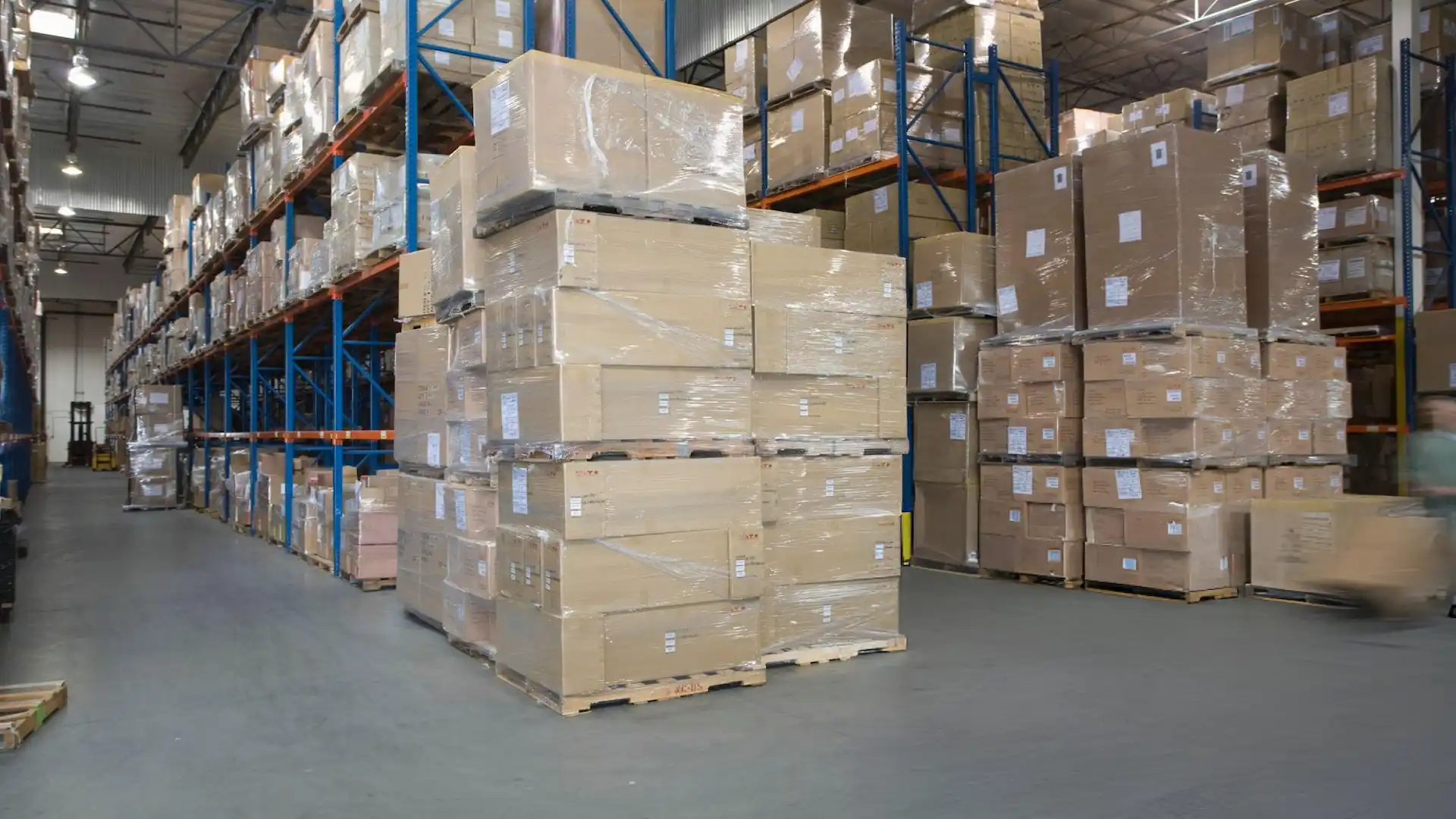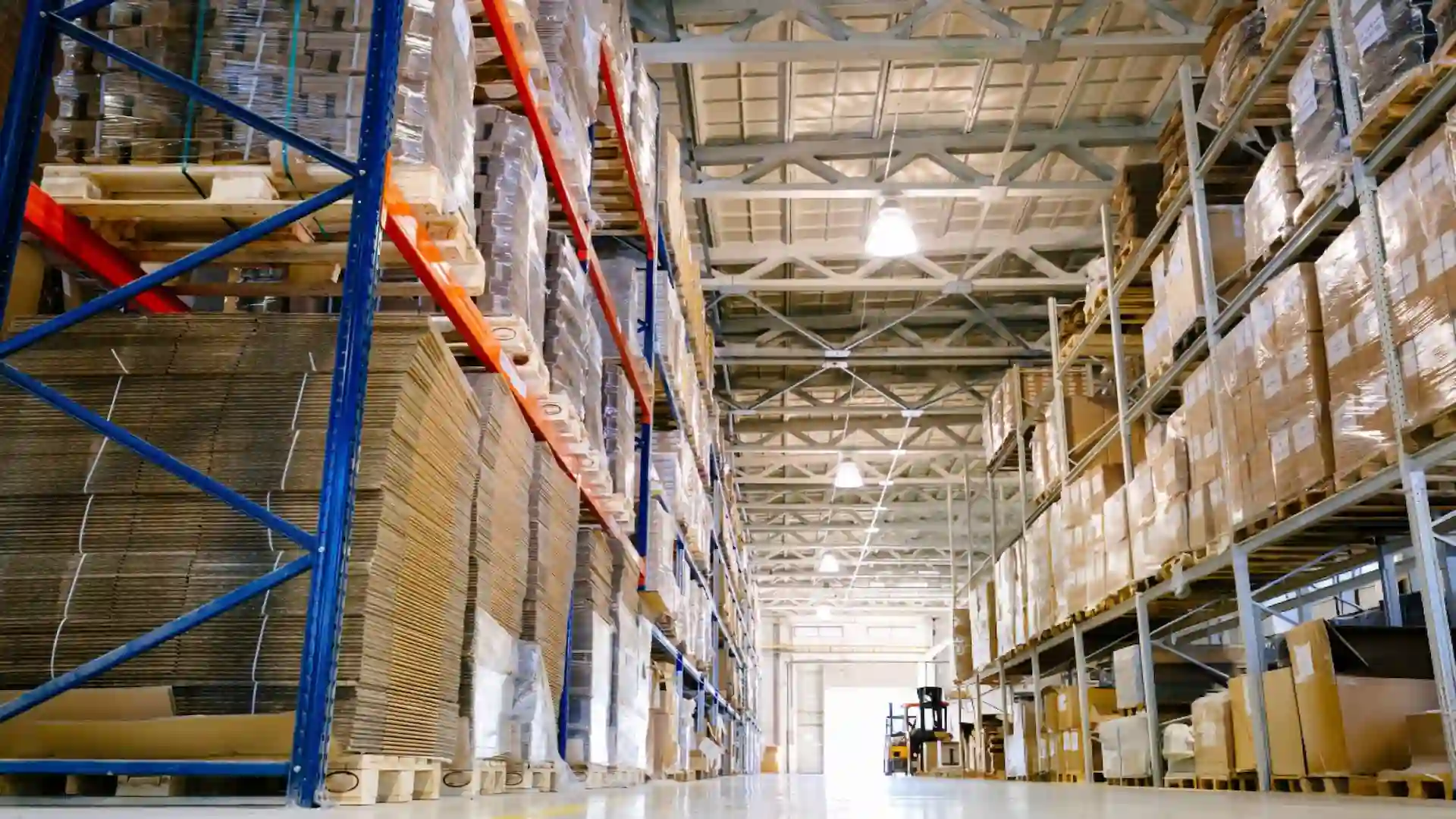2025 Guide for Ecommerce Shipping Carriers - UPS, USPS, FedEx, DHL

When selecting a shipping carrier for your e-commerce business in 2025, several critical factors must be considered. These include the size and weight of your products, delivery speed, destination, shipping costs, and value-added services like tracking, insurance, and sustainable options. Leading fulfillment service providers work closely with the four major carriers—UPS, USPS, FedEx, and DHL—to provide insights and tools that simplify these decisions. Learn more about how Atomix Logistics works with top carriers to streamline e-commerce logistics.
This guide will help you evaluate the best carriers and services for your business in 2025. Whether you're familiar with tools like Atomix's shipping analysis and volumetric weight calculators or just starting to optimize your logistics, this article has you covered. Leverage Atomix Logistics' 3PL order fulfillment services to gain access to advanced tools like shipping analysis and volumetric weight calculators.
Table of Contents
- Which Carrier is Best for Your Needs?
- Overview of Carrier Services
- Comparison of Major Carriers
- Understanding Carrier Tracking
- History of Each Carrier
- Conclusion: Making the Right Choice
Which Carrier is Best for Your Needs?
Deciding between USPS, UPS, DHL, and FedEx involves assessing several factors:
- Shipping Rates: Compare each carrier's costs for your package size, weight, and destination. Check out Atomix's order fulfillment pricing to see how competitive shipping rates can optimize your logistics costs.
- Delivery Speed: Match delivery options to customer expectations. Faster delivery may come with higher costs.
- Package Size and Weight Restrictions: Ensure your products fit within the carrier's guidelines.
- Destination: International shipping needs and domestic delivery zones influence carrier suitability.
- Value-Added Services: Consider services like tracking, insurance, or sustainable packaging solutions.
Overview of Carrier Services
USPS (United States Postal Service)
- First-Class Mail: For small, lightweight packages under 16 ounces. Affordable with 1–3 day delivery.
- Priority Mail: For packages over 13 ounces with 1–3 day delivery. Includes $50 insurance.
- Priority Mail Express: Guaranteed 1–2 day delivery with $100 insurance.
- Parcel Select: Cost-effective ground service for packages up to 70 pounds.
- Media Mail: Budget-friendly option for books and media (2–8 days).
- International Options: Includes First-Class Package International, Priority Mail International, and Express International.
UPS (United Parcel Service)
- Next Day Air: Guaranteed next-business-day delivery.
- 2nd Day Air: Delivery within two business days.
- UPS Ground: Reliable ground shipping, delivery times based on distance.
- UPS SurePost: Economical residential delivery utilizing USPS for final-mile delivery.
- International Options: Includes Standard, Worldwide Express, and Saver services.
FedEx
- First Overnight: Delivery by 9:00 AM the next business day.
- 2Day: Guaranteed delivery within two business days.
- FedEx Ground: Delivery times vary by distance.
- International Services: Priority, Economy, and First options for global delivery.
DHL
- DHL Express: Time-sensitive shipments with 1–2 day delivery.
- DHL Global Mail: Economical delivery for e-commerce businesses.
- DHL eCommerce: Cost-effective solutions for domestic and international deliveries.
Comparison of Major Carriers
UPS vs. FedEx
- Ground Services: Similar delivery times; rates depend on volume and negotiated discounts.
- Express Services: FedEx has more options for time-sensitive shipments.
USPS vs. DHL
- Domestic Shipping: USPS is ideal for small packages with PO box access.
- International Shipping: DHL offers a broader global network and flexible options.
Understanding Carrier Tracking
All major carriers offer advanced tracking tools to monitor shipments in real-time. Here’s how to access tracking:
- USPS: Use the tracking number on their website or app.
- UPS: Track via the UPS website or integrate with your e-commerce platform.
- FedEx: Access tracking tools for detailed updates on their portal.
- DHL: Check international and domestic shipments on their tracking page.
Tracking details often include timestamps for shipment creation, in-transit checkpoints, and final delivery.
History of the Major Carriers
UPS
Founded in 1907, UPS is renowned for its global logistics capabilities and technological innovations in delivery efficiency.
FedEx
Pioneering overnight delivery since 1971, FedEx is a leader in express shipping with a robust international network.
DHL
Starting in 1969, DHL specializes in international shipping and e-commerce solutions.
USPS
As a government entity established in 1775, USPS is integral to U.S. mail and package delivery, offering universal service at competitive rates.
Conclusion: Making the Right Choice
Selecting the best shipping carrier depends on your e-commerce business's specific needs. Whether prioritizing cost, speed, or global reach, USPS, UPS, FedEx, and DHL each offer distinct advantages. Utilize tools like Atomix’s shipping analysis and fulfillment expertise to find the optimal solution. Learn more about Atomix Logistics' commitment to helping e-commerce businesses succeed on our About Us page.
Get your fulfillment quote today!
FAQ Section: 2025 Guide for E-commerce Shipping Carriers - UPS, USPS, FedEx, DHL
To help you navigate the complex world of e-commerce shipping, we’ve compiled answers to some of the most frequently asked questions about UPS, USPS, FedEx, and DHL. These questions focus on cost, speed, international shipping, tracking, and rate negotiations—topics crucial for any e-commerce business in 2025.
Which shipping carrier is the cheapest for small e-commerce packages?
For small, lightweight packages (under 16 ounces), USPS is often the most affordable carrier. Services like First-Class Mail and Priority Mail are budget-friendly and provide reliable delivery within 1–3 business days domestically. Additionally, USPS offers free package pickup, which is convenient for small businesses looking to save time and money.
What is the fastest shipping option for urgent e-commerce orders?
For urgent shipments, carriers like FedEx and UPS offer premium services to ensure next-business-day delivery:
- FedEx First Overnight: Delivers by 9:00 AM the next business day.
- UPS Next Day Air: Guarantees next-business-day delivery.
- DHL Express: Ideal for international expedited shipping, delivering within 1–2 business days.
These options are perfect for businesses catering to customers who value speed and reliability.
Which carrier is best for international e-commerce shipping?
When it comes to international shipping, DHL is a top choice for e-commerce businesses. Explore Atomix Logistics' international shipping services for reliable and cost-effective global solutions. Its extensive global network and services like DHL Express and DHL eCommerce provide reliable delivery to over 220 countries and territories. Both FedEx and UPS also offer robust international services, but DHL's focus on global shipments often makes it a preferred carrier for international e-commerce businesses.
How do I track my e-commerce shipments with major carriers?
Tracking your shipments is crucial for keeping your customers informed. All four major carriers provide robust tracking systems:
- USPS: Use your tracking number on their website or app to get real-time updates.
- UPS: Visit the UPS tracking portal for detailed package information.
- FedEx: Track your shipments through FedEx’s website or mobile app for live updates.
- DHL: Enter your tracking number on DHL’s platform to monitor international or domestic deliveries.
Many carriers also offer email and SMS notifications to make tracking even more convenient for both you and your customers.
Can I negotiate better shipping rates with carriers for my e-commerce business?
Yes, if you ship in high volumes, most carriers—UPS, FedEx, and DHL—offer negotiable rates. Working directly with these carriers or through a fulfillment service provider can help you secure discounted pricing. Tools like Atomix's shipping analysis and fulfillment partnerships can further optimize costs by leveraging pre-negotiated rates.

.svg)
.svg)
.svg)




